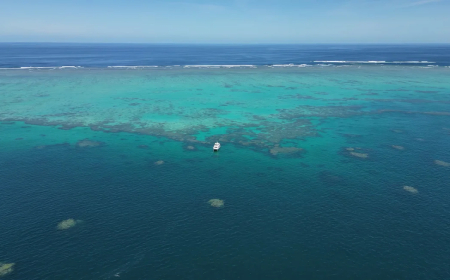Mummies found in China 9,500 years older than those in Egypt
Scientists believe the apparently smoke-dried human remains are pre-Neolithic and date back 14,000 years

The world’s oldest mummies have been found in burial sites in China and Vietnam, scientists have said.
Previously, the oldest known mummies were made by the Chinchorro people in Chile and Peru about 7,000 years ago, and the better-known Egyptian mummies are around 4,500 years old.
Scientists believe these newly discovered human burials are much older, dating back up to 14,000 years.
“We found that in southern China and south-east Asia, there were many archaeological sites that contain human burials that are between four and 14,000 years old,” Prof Peter Bellwood, a co-author of the study, told NBC News.
Researchers looked into 54 pre-Neolithic burials from 11 archaeological sites, with large samples coming from Vietnam and the Guangxi Zhuang autonomous region in China.
Teams found human remains in crouched or squatting positions, often with scorch marks. The burns were not consistent with cremation, however, and no soft tissue remained on the bodies.
Instead, it appeared similar to mummification by drying.
Scientists tested the theory by analysing the bones against samples from ancient Japanese burial sites, and found evidence of exposure to low-temperature heat.
The results suggested the bodies were smoke-dried to preserve them.
These beliefs moved across southern Asia, and possibly into north-east Asia, after humans migrated out of Africa around 60,000 years ago.
Prof Bellwood said the remains probably “belong to an original hunter-gatherer population that occupied south-east Asia in paleolithic times, and that continued in occupation in places like Australia and New Guinea through into current times”.
Previously known forms of mummification were more common in dry climates, but the bodies discovered in China and south-east Asia came from largely humid regions.
Communities in Indonesia and Australia are also known to have smoke-dried bodies by binding them and placing them above a fire.
“We have gradually gathered multiple lines of evidence over many years,” said Dr Hsiao-chun Hung, one of the lead authors of the study.
“It’s a bit like detective work – finding small clues, piecing them together, and growing increasingly confident in the hypothesis.”
Mummies are far from a thing of the past. Even today, indigenous communities in Australia and Papua New Guinea smoke-dry and mummify their dead.
“I believe this reflects something deeply human. The timeless wish that our loved ones might never leave us, but remain by our side forever,” Dr Hung said.
The findings were published on Monday in the Proceedings of the National Academy of Sciences.
[Source: Daily Telegraph]












































